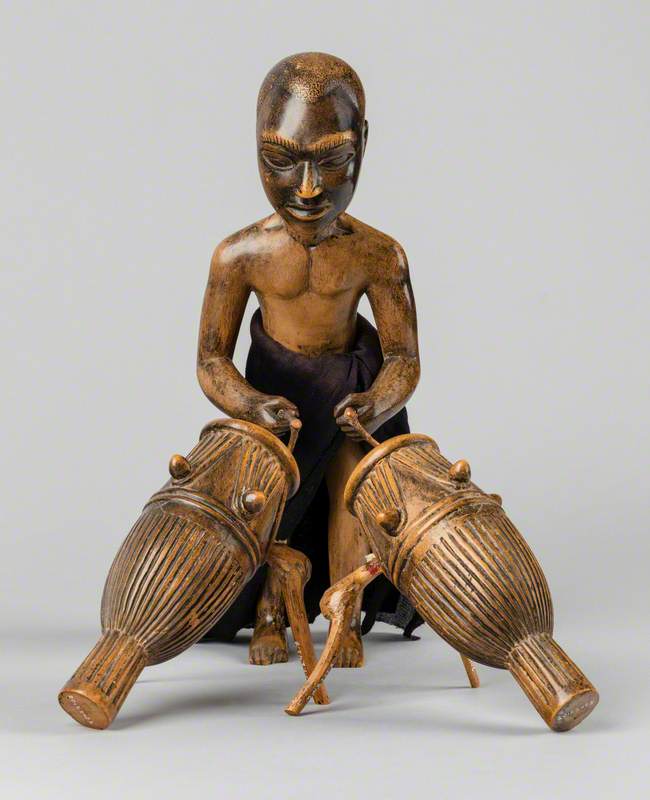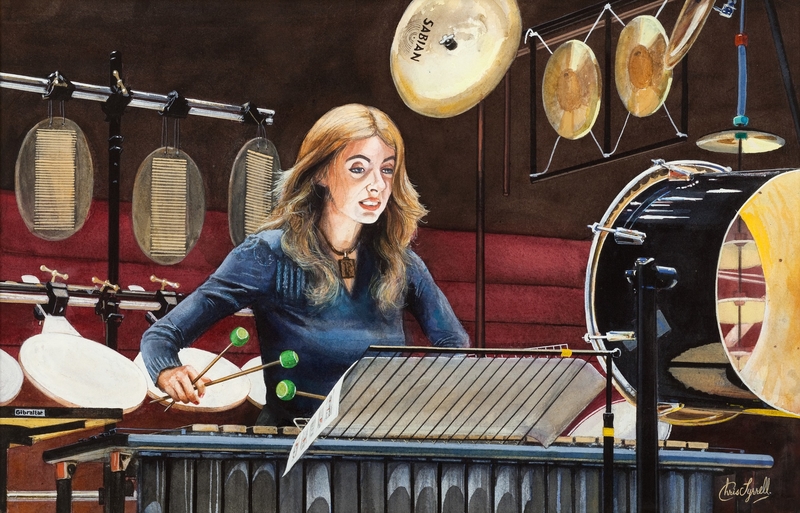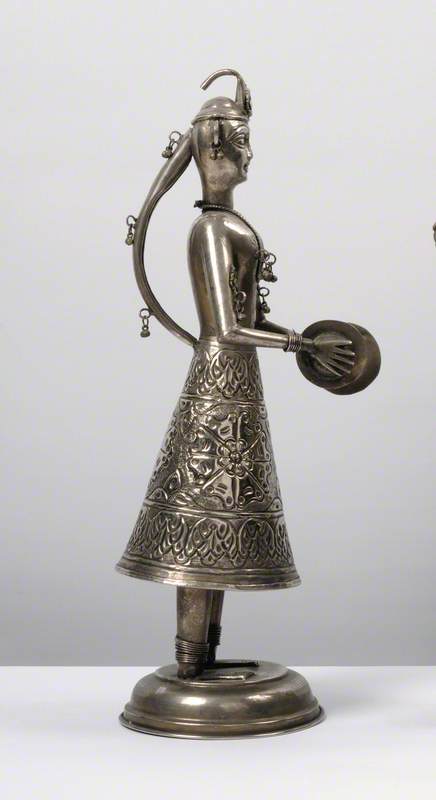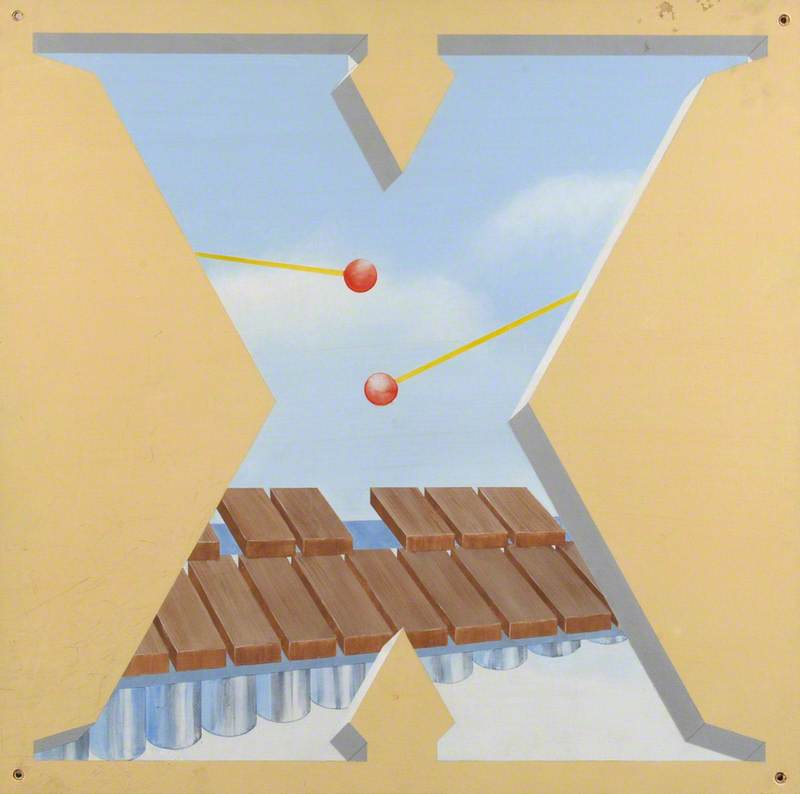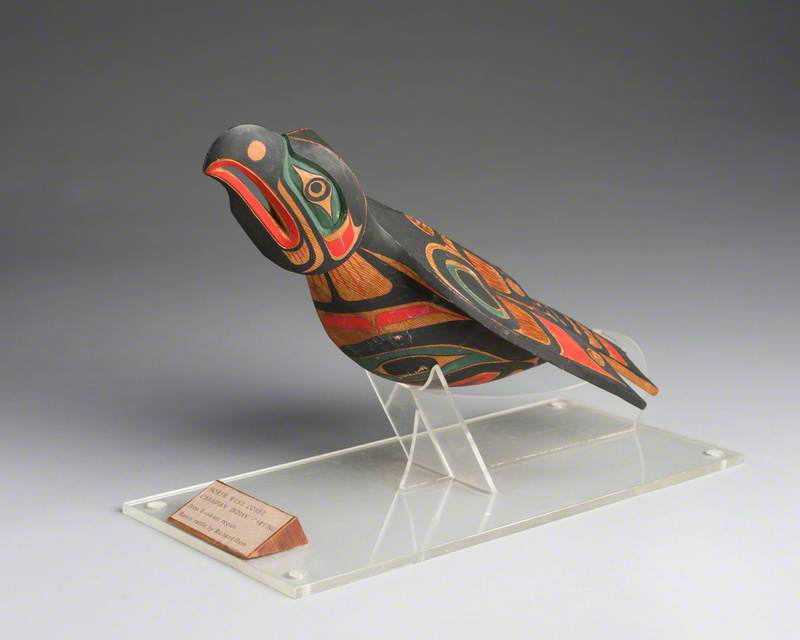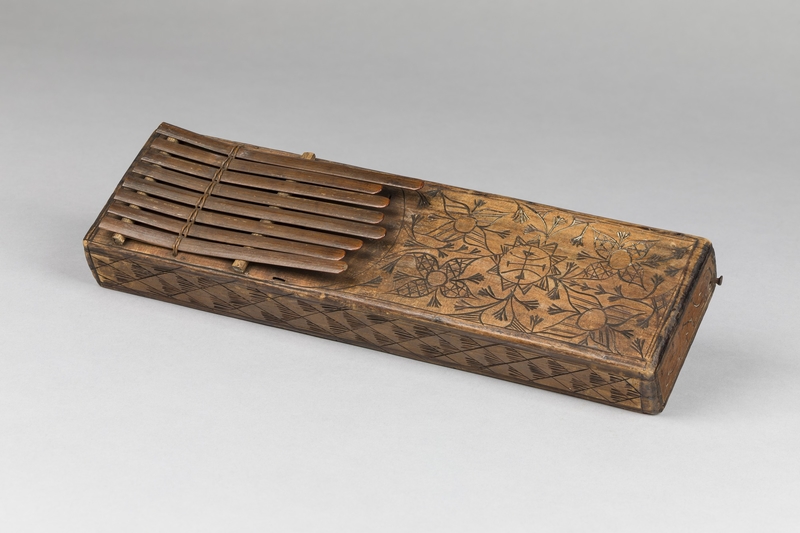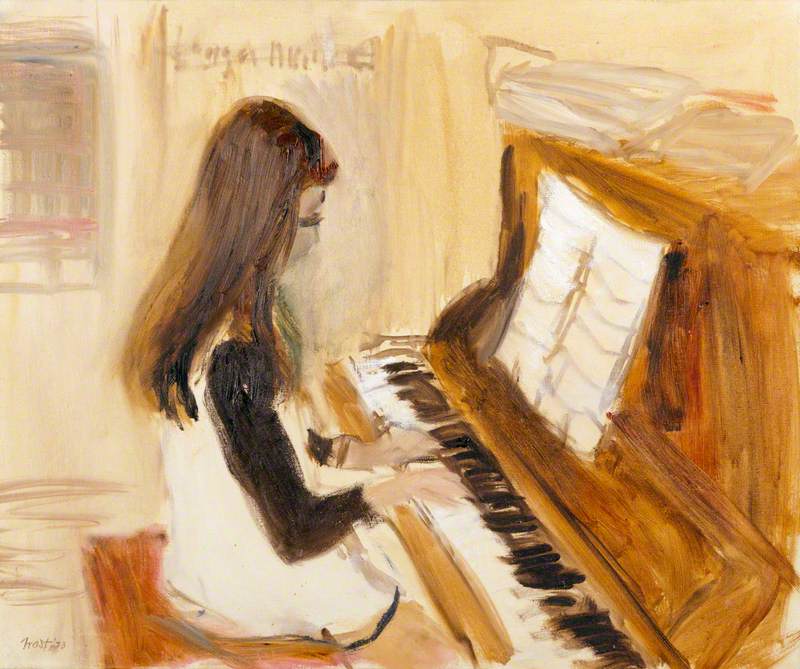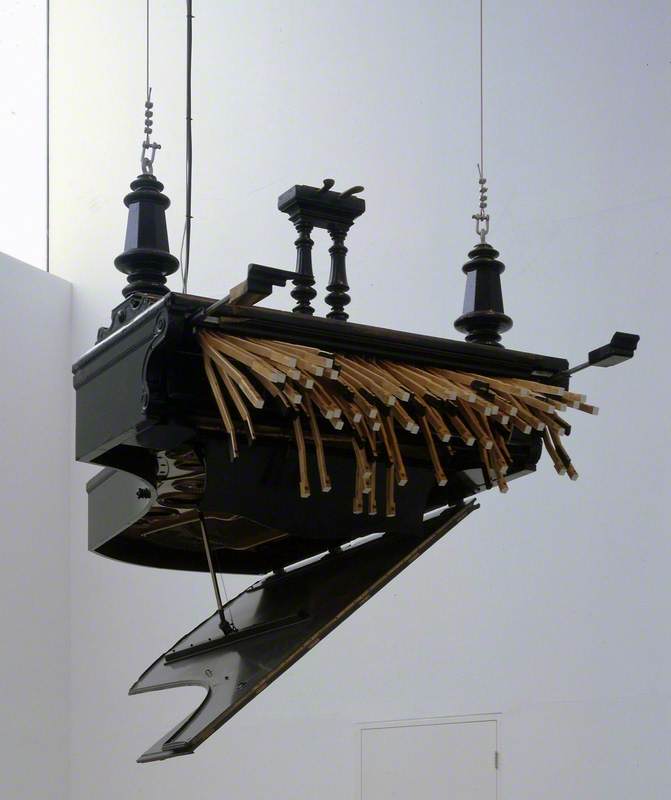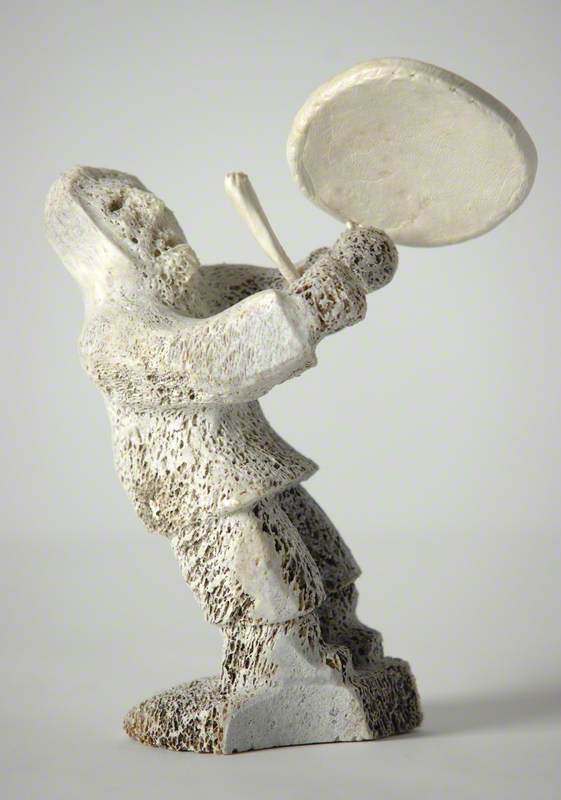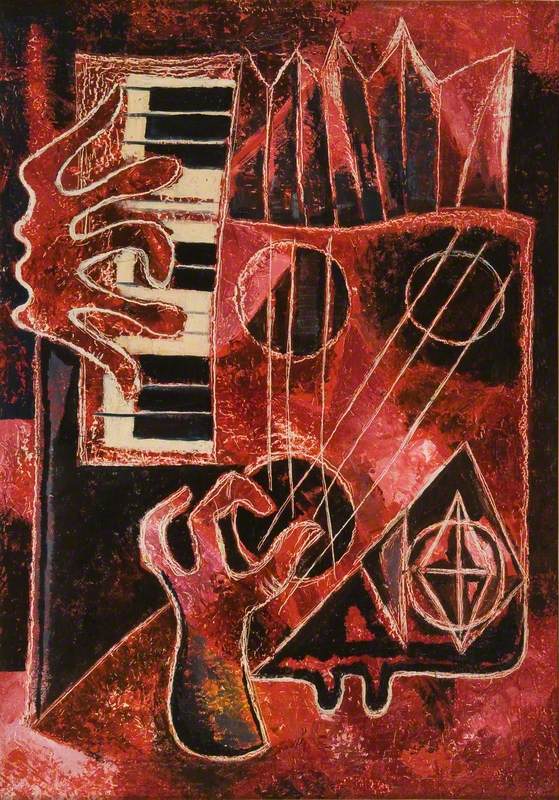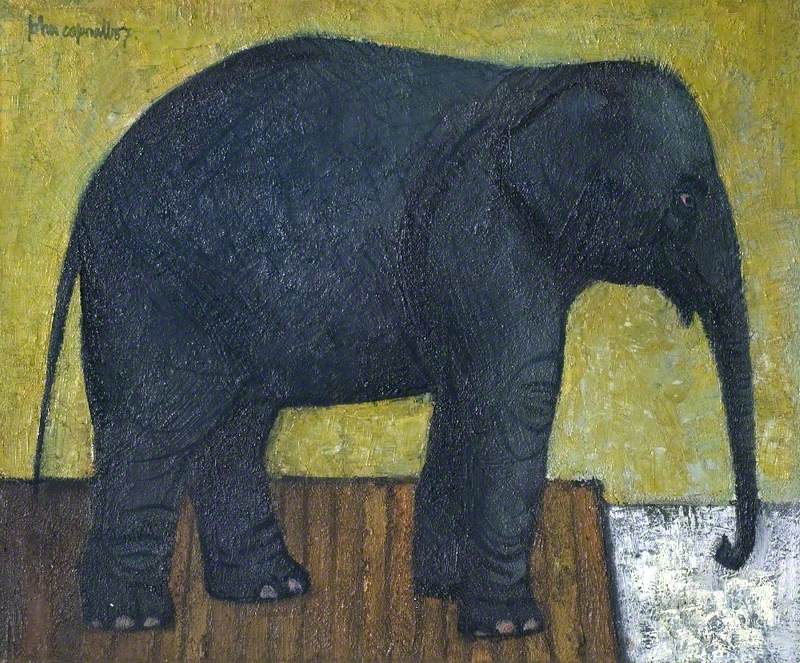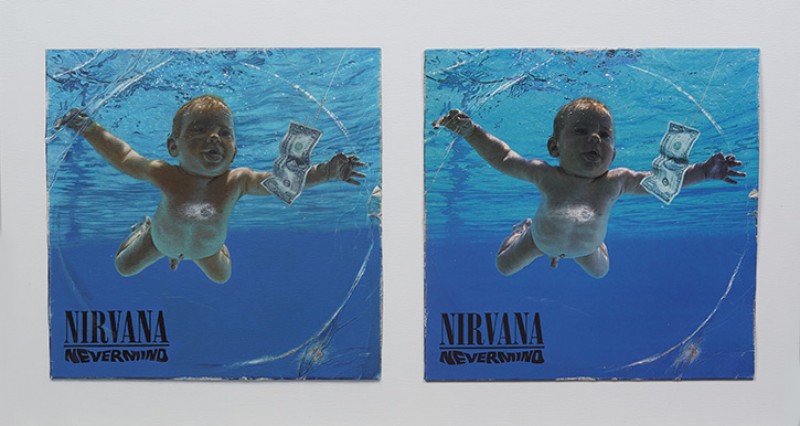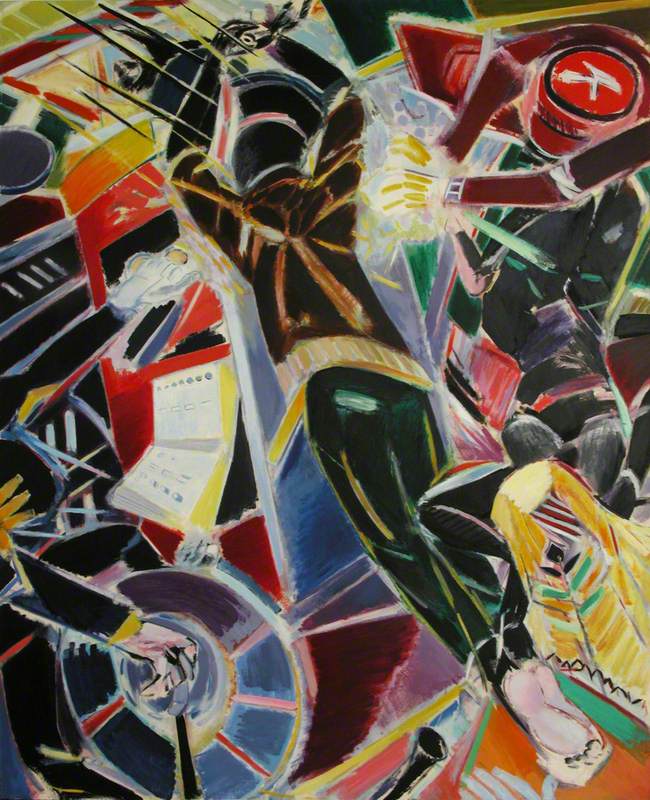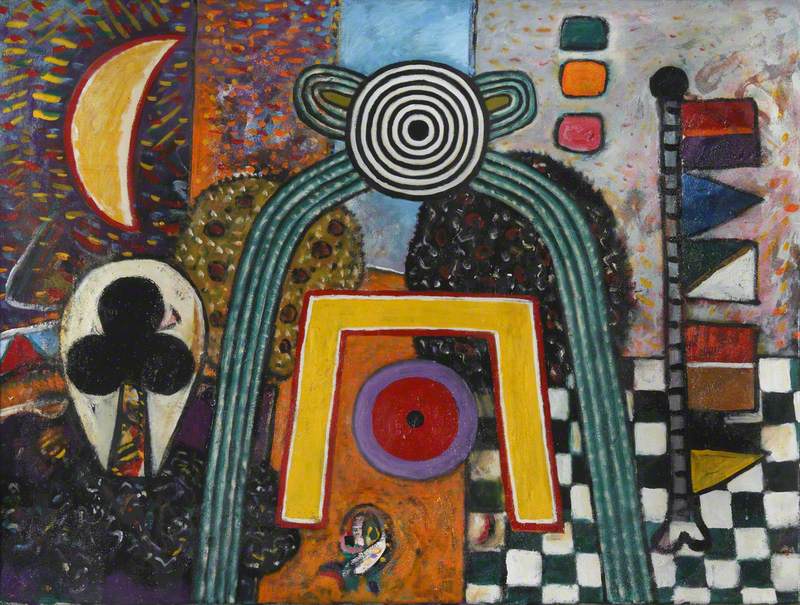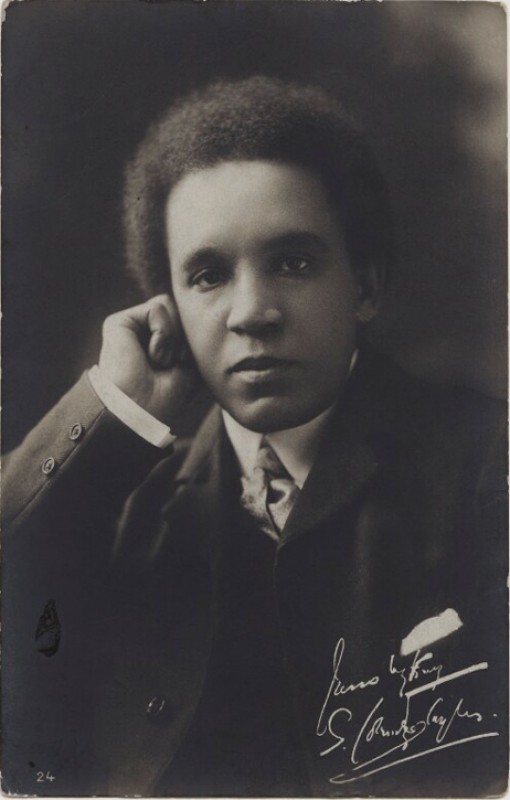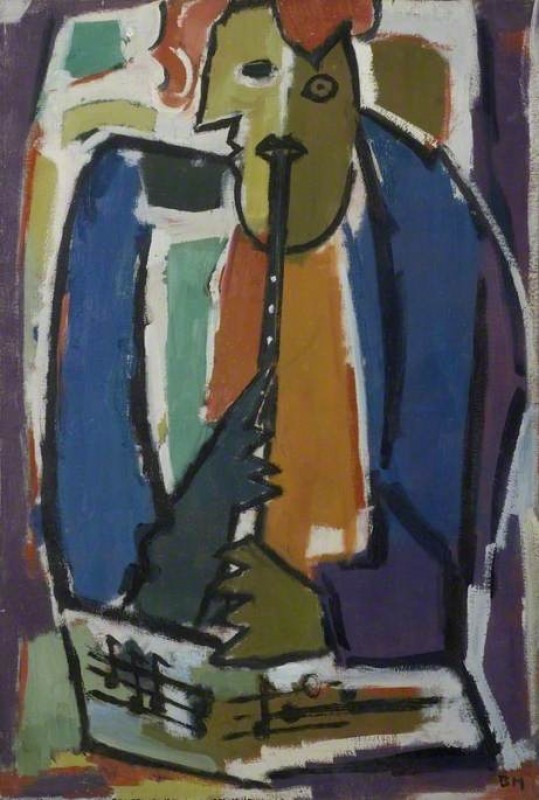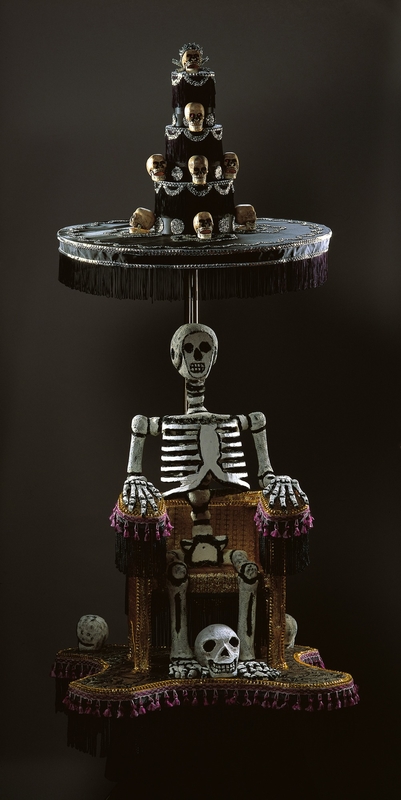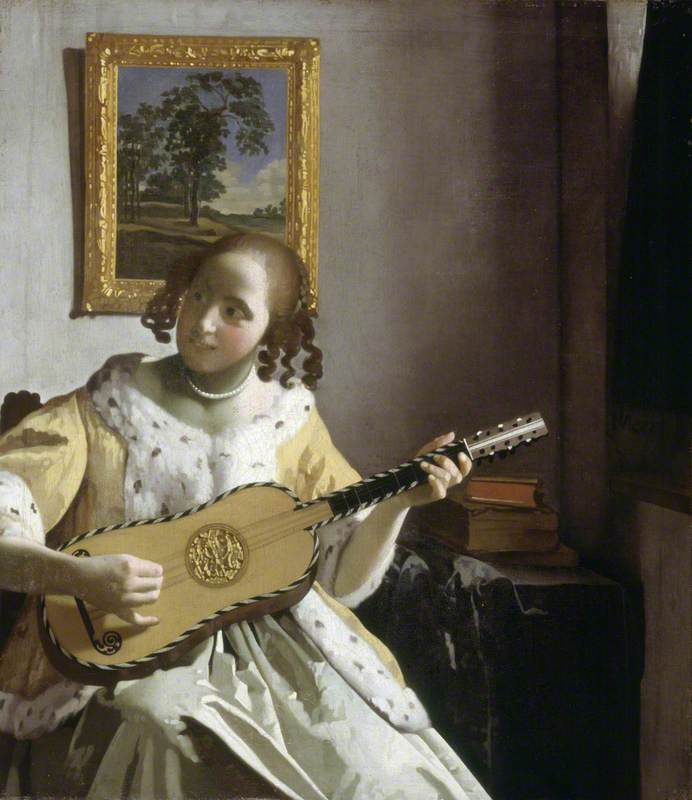Resource notes and guidelines
Questions and discussion suggestions in this resource are voiced directly to students, allowing them to be more easily presented to the class. Teachers' guidance notes and contextual information are included throughout the resource.
This is one of three resources that focus on the main families of musical instruments. Explore string and wind instruments using the link below.
The three resources can be used together to explore instruments and the sounds they make across a series of lessons. Or use individual components from the resources to integrate into your own scheme of work.
Practicalities
This resource includes interactive elements that encourage students to make sounds and imagine they are playing instruments. It may be a good idea to sit in an informal area without desks or to clear some space in the classroom.
If you have access to percussion instruments, bring them into the classroom for students to see and have a go at. This will also help to explain their different parts, how they are played, and the sounds they make.
